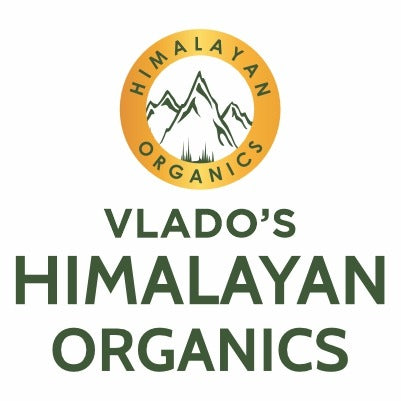The seeds of a flowering plant!
Used for 5000 years, sesame seeds are extracted from a flowering plant called Genus Sesame, also known as Benne. Found in tropical, subtropical and temperate areas of the world, sesame seeds are a popular kitchen ingredient in the Middle East and Asia. There is a diverse range of applications it can be used in. The seeds also acquire medicinal properties and are used in Ayurveda for treating Vata, along with supplements and beauty products.
In India, Sesame seeds are used in rituals and are believed to be a sign of immortality.
Some Amazing Benefits
- The high content of lipoprotein helps in controlling bad cholesterol.
- Sesame oil massage promotes blood circulation and a healthy nervous system.
- Sesame helps improve insulin resistance in the body.
- Micronutrients in sesame manage the body’s blood pressure.

Frequently asked questions
● Do sesame seeds provide any other health benefits other than culinary use?
Sesame seeds have antioxidant properties and are useful in lowering cholesterol. The use of sesame seeds in nutraceutical and Pharmaceutical products are also popular and have been effective.
● What are the ways to consume curry leaves other than in chutney?
Sesame seeds contain plant polyphenol, which promotes hair health. Sesame oil if daily applied regularly promotes hair growth, as it has a tone of nutrients.
● Does white and black sesame differ in uses?
Sesame in its raw form is black and is used to extract oil, while white sesame is more like the peeled form of sesame and is eaten and used in recipes.
● Is sesame beneficial for oral health?
Sesame seeds have shown antibacterial and astringent effects on a number of dental problems, it is also useful in reducing dental plaque and promoting gum health.
Fun facts about Sesame Seed
- Myanmar is the highest producer of sesame.
- Sesame seeds were brought to America in the 17th century by African Slaves.
- Sesame seeds dish was used by Roman soldiers for strength and energy.
- Sesame is believed to be the survivor crop which can grow in a drought as well.

